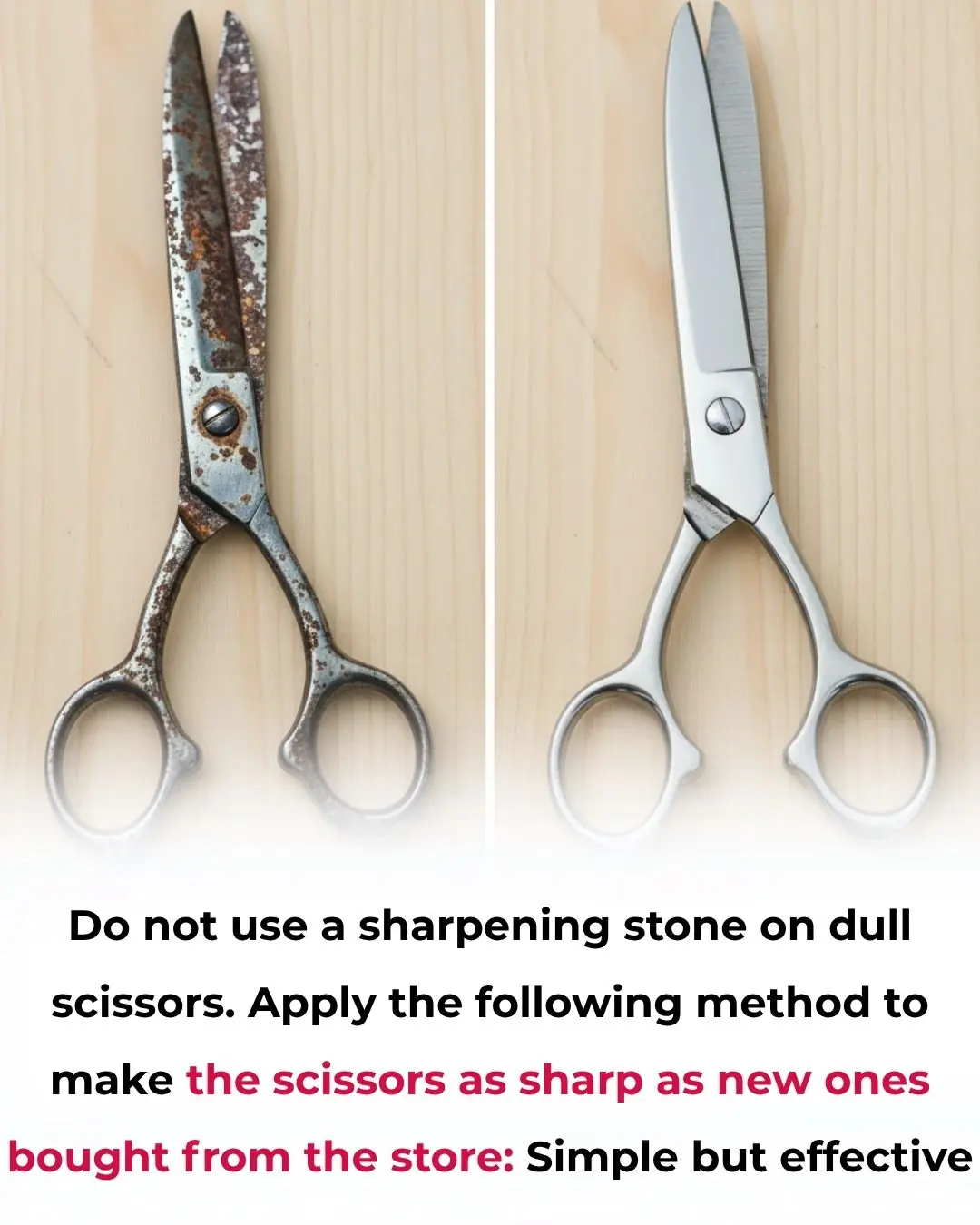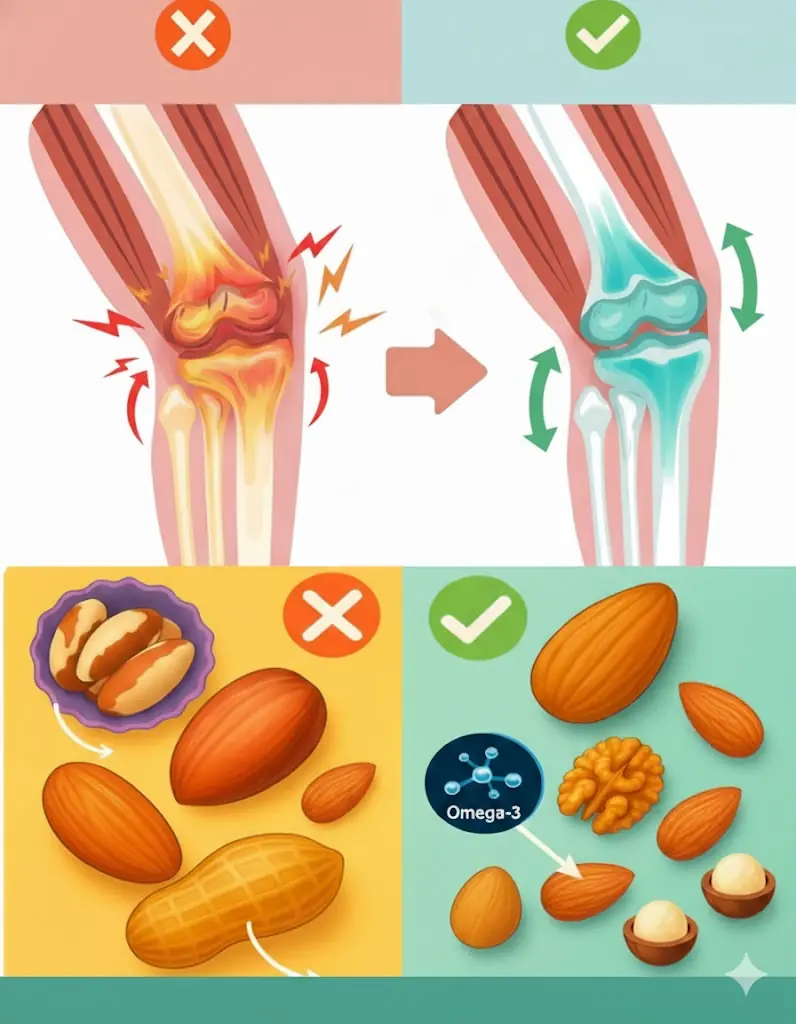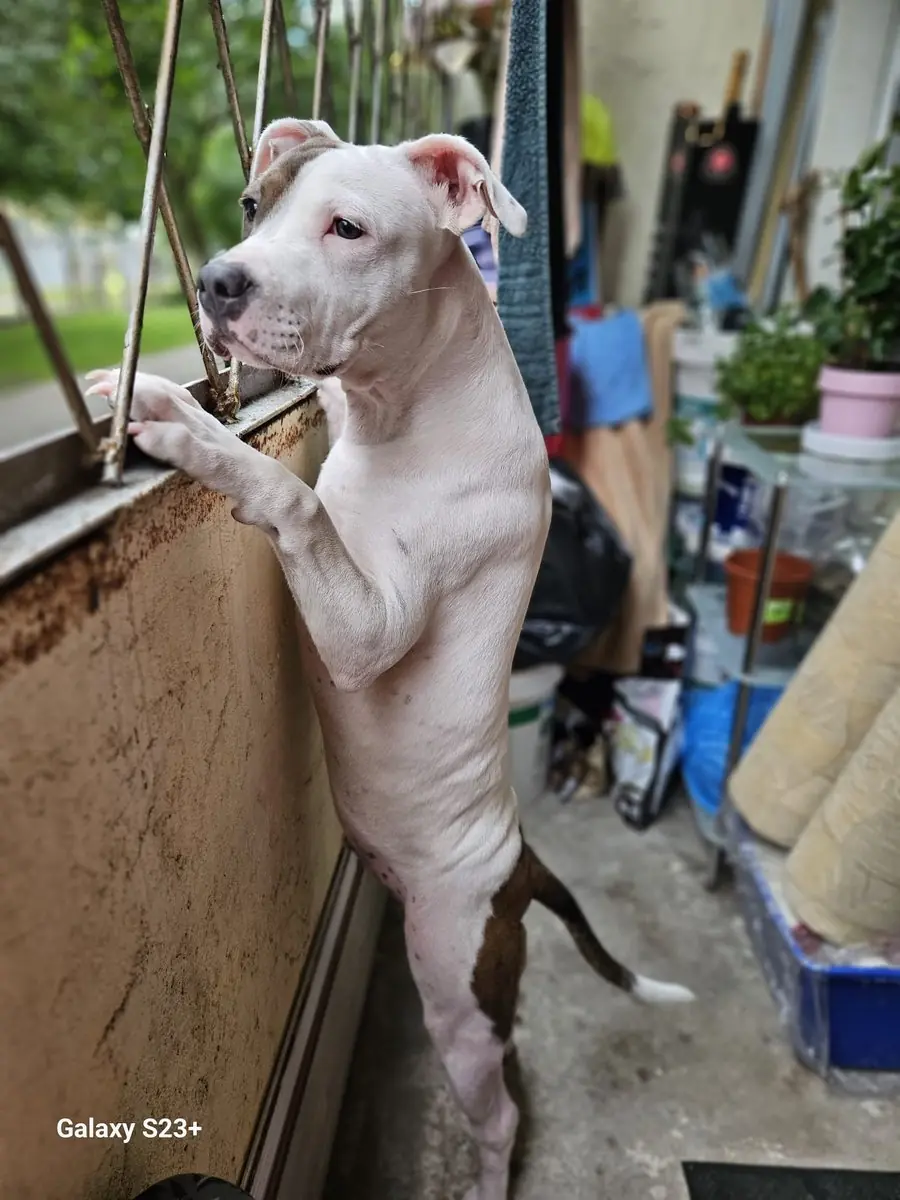
The washing machine makes loud noises and shakes violently when spinning: Don't rush to call a repairman, just do this and the machine will run smoothly.

Simple Tips to Fix a Noisy, Shaking Washing Machine Without Calling a Technician
If your washing machine often makes loud noises or shakes violently during operation, don’t rush to call a repair service just yet. With a few simple checks and adjustments, you can easily fix these common issues yourself — saving both time and money.
1. Placing the Washing Machine on an Uneven Surface
If your washing machine is positioned on an uneven or rough surface, the drum may become tilted. As the machine operates, the drum can hit the outer casing, producing loud banging or rattling sounds. Over time, this can also cause damage to the internal parts.
How to fix it:
First, check whether the surface where your washing machine is placed is completely flat. If it’s uneven, move the appliance to another location or adjust the legs until it sits level. You can also reinforce the area by placing a sturdy wooden board or a concrete pad beneath it. A stable base not only prevents noise and shaking but also helps prolong the life of your washing machine.
Extra tip: If you live in an apartment or use the machine on a higher floor, consider using an anti-vibration mat. It can help reduce noise transmission through the floor and prevent disturbance to neighbors.
2. Using Improper or Damaged Machine Feet
The washing machine’s feet are directly connected to the bottom of the drum unit and play a vital role in stabilizing the appliance. If these feet are worn out, loose, or of poor quality, the drum can lean slightly, leading to heavy vibrations during the spin cycle.
How to fix it:
Inspect the feet of your washing machine carefully. If any are loose, tighten them with a screwdriver or wrench. If a foot is damaged, replace it immediately with the correct part recommended by the manufacturer. This small adjustment can significantly reduce noise and shaking during operation.
3. Unevenly Distributed Laundry Inside the Drum
Every washing machine is designed to handle a specific maximum load, which is usually indicated on the label. Overloading the drum with too many clothes or washing heavy items together can cause imbalance. When the laundry bunches up on one side, the drum becomes unbalanced, leading to loud thumping and shaking.
How to fix it:
Before washing, always sort your clothes by fabric type and weight. Avoid exceeding the machine’s maximum load capacity. Distribute clothes evenly around the drum to prevent them from twisting together or collecting on one side. For best results, load the clothes loosely instead of tightly packing them.
Additional advice: Regularly check the inner drum after the first few spins. If you notice the machine shaking excessively, pause the cycle and rearrange the clothes evenly before continuing.
4. Foreign Objects Left Inside the Drum
Small items like coins, keys, pens, or stones can easily end up in the washing machine if not removed from clothing pockets. These objects can hit the drum’s inner wall, producing metallic clanking noises during operation. Worse, sharp or heavy items might scratch the drum or tear your clothes.
How to fix it:
Always check and empty all pockets before placing clothes in the washing machine. Inspect the drum and door seal for any leftover items after each wash. This habit will not only eliminate annoying noises but also protect your clothes and the machine’s inner components from unnecessary wear and tear.
5. Damaged Shock Absorbers (Suspension Springs)
Inside your washing machine, the shock absorbers — or suspension springs — help absorb vibrations and stabilize the drum during spinning. If these parts wear out or break, the machine can lose balance and produce strong vibrations or knocking sounds, especially at high spin speeds.
How to fix it:
Since this issue involves internal mechanical parts, it’s best to contact an authorized service center or technician. They can inspect, repair, or replace the faulty suspension system safely and correctly. Avoid using the washing machine until the issue is fixed, as continued use may lead to further internal damage.
Final Thoughts
Most cases of washing machine noise or vibration come from simple causes such as uneven placement, loose feet, or unbalanced laundry loads. By performing regular checks, cleaning the drum, and maintaining proper loading habits, you can keep your washing machine running quietly and efficiently for years.
Taking just a few minutes to inspect your machine before every wash can save you a lot of trouble — and the cost of unnecessary repairs.
News in the same category


Small Life Hacks That Can Be Life-Saving

How to Sharpen Dull Scissors Without a Sharpening Stone: Simple and Effective Method

When Staying Alone in a Hotel: Place Two Cups on the Door Handle – A Small Action with Big Benefits

15 Things You Should Never Do to Protect Yourself from Lightning During Thunderstorms

To cook any kind of fish, just add a handful of these leaves: the fish will lose all its fishy smell and the meat will be rich and firm.

Great tips when growing pothos, in just 3 months the plant will form a beautiful green carpet

Defrosting meat without soaking: Chefs reveal how to make delicious meat while preserving nutrients

If the beans are cooked quickly, they will be soft and delicious in no time, saving gas/electricity.

Tea left overnight is such a waste: It has 4 great uses that very few people know about.

Banana flower – from pig food to Asia's number 1 delicacy: Revealing 2 simple ways to make it

Bathroom tiles are often moldy, dirty, and yellowed: Here are 5 cheap tips to help keep your bathroom tiles clean and shiny.

Denver Bans the Sale of Dogs, Cats, and Rabbits, Paving the Way for More Shelter Adoptions

Foods You Should Never Put In Your Air Fryer

How to Store Ginger to Keep It Fresh for Longer

Why You Should Never Pour Hot Water Into Your Kitchen Sink

Ripe bananas left for too long can easily turn black and become soft. Do this to keep the bananas fresh for a long time and retain their flavor.

Mistakes many Vietnamese people make when preserving eggs – be careful not to invite them into your life.

5 types of seafood that are easily 'bathed in chemicals': Looks fresh and delicious but contains toxins, many people buy them without knowing
News Post

7 Common Health Issues That Keep Appearing Could Be Early Warning Signs of Cancer

Small Life Hacks That Can Be Life-Saving

How to Sharpen Dull Scissors Without a Sharpening Stone: Simple and Effective Method

The Best Scientifically Proven Foods to Cleanse Your Liver

Flush the toxins silently damaging your kidneys — with these 13 powerful cleansing foods

The Best Natural Gout Treatments: Remove Uric Acid Crystallization To Prevent Gout And Joint Pain

4 things your hands could be telling you about the health of your kidneys

The Secret to Caring for Your Aging Skin – Gentle, Effective & Realistic

When Staying Alone in a Hotel: Place Two Cups on the Door Handle – A Small Action with Big Benefits

15 Things You Should Never Do to Protect Yourself from Lightning During Thunderstorms

12 Amazing Benefits of Drinking Baking Soda Water Daily

5 Deficiencies Almost Everyone Has (And Doesn’t Know About)

Osteoporosis Is Scurvy of the Bone, Not Calcium Deficiency

This olive oil fasting trick resets insulin resistance — and triggers deep cellular cleanup

The Ultimate Nut Guide for Seniors: 4 Healthy Choices and 4 to Skip

The Man Who Walks for Dogs: Edgardo Perros’ 8,500-Mile Mission of Compassion

The Dog Who Went Out and Never Came Back the Same

To cook any kind of fish, just add a handful of these leaves: the fish will lose all its fishy smell and the meat will be rich and firm.

Great tips when growing pothos, in just 3 months the plant will form a beautiful green carpet
